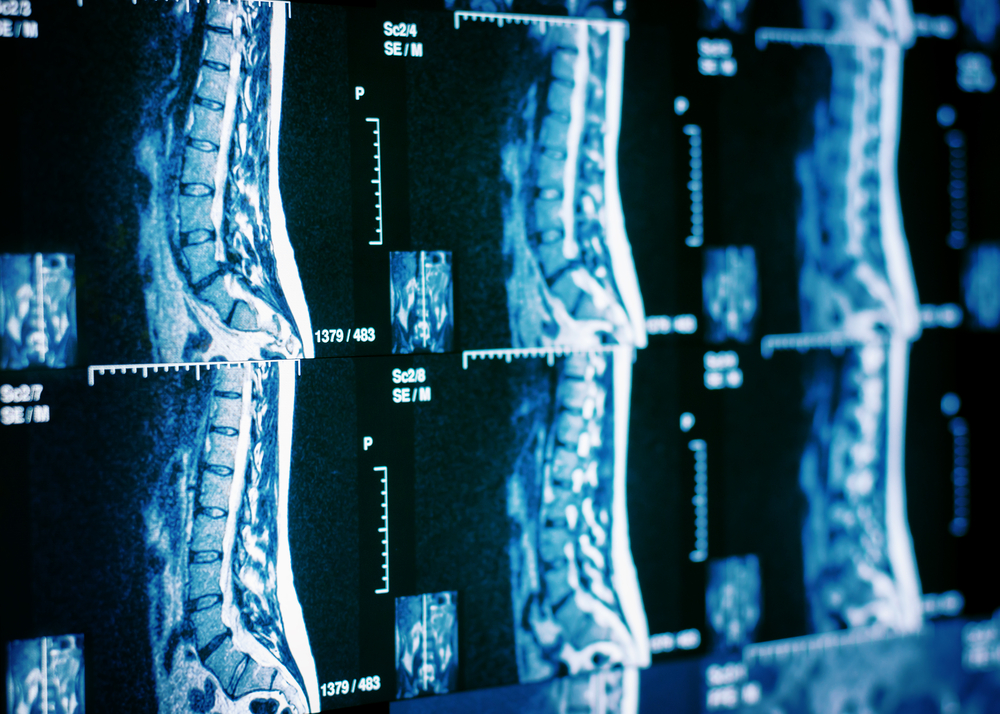The Seattle Mariners' Ryon Healy, regularly billed as the team's top first baseman, has a new assignment: the injured reserve list. And, he's expected to stay there until sometime in August despite practicing at the team's training facility in Arizona.
Healy, diagnosed with spinal stenosis, has been plagued by back problems for the last few months and is expected to miss another month because of a recent epidural injection.
Spinal stenosis is a condition that causes narrowing within the spaces of the spine, causing pressure on the nerves in the back.
Some individuals living with spinal stenosis may not have any symptoms, but in most cases, those living with the condition experience pain, numbness, tingling and muscle weakness.
These symptoms can worsen over time. Many people living with the condition experience problems with walking and balance, cramping while walking or standing, and in severe cases, bowel or bladder dysfunction.
There are two types of spinal stenosis: cervical, which causes narrowing in the spine in the area of the neck, and lumbar, in which narrowing develops in the lower back.
Lumbar spinal stenosis is the most most common form of spinal stenosis.
Spinal stenosis typically develops in older adults as a result of wear and tear on the bones of the spine caused by osteoarthritis, a degenerative joint condition that develops when the cartilage that cushions the joints of the spine begins to break down.
Typical treatment for spinal stenosis includes rest, pain relievers, anti-inflammatory medications or injections, physical therapy, and minimally invasive spinal decompression. If these procedures don't work, individuals living with the condition very frequently face a more in-depth surgical procedure.
One of these surgical procedures is the laminotomy, a procedure that makes room in the spinal canal by partially removing the lamina, or the protective covering of your spinal canal. The other procedure is the laminectomy, a procedure that creates space in your spinal canal by removing the lamina completely.
When these procedures are performed by highly experienced surgeons, the risk of complications is low. But, with any surgery, there's still a risk.
This can make many people nervous - and often cause them to put off their procedure.
"People think of surgery, and their mind often goes to the worst-case scenario," said Dr. Faisal Jahangiri of AXIS Neuromonitoring in Richardson, Texas.
This fear may cause patients to put off the spinal stenosis surgery they need.
But, AXIS Neuromonitoring is working to change that. They're giving patients a little extra peace of mind by providing an extra set of eyes in the operating room - through intraoperative neuromonitoring.
These eyes belong to trained IONM technologists who watch diagnostic equipment to monitor the patient to see what is happening in real time during surgery.
"This can make the difference between living comfortably after spinal procedures or living with pain, discomfort and dysfunction," said Jahangiri.
While Healy isn't undergoing surgery, he has been in rehab and dealing with this spinal stenosis pain.
Both Healy and his team's leadership hope he'll be back on first base within a few weeks.
Source: The Seattle Times. Mariners injury notes: Ryon Healy could miss another month with spinal stenosis. 17 June 2019.




